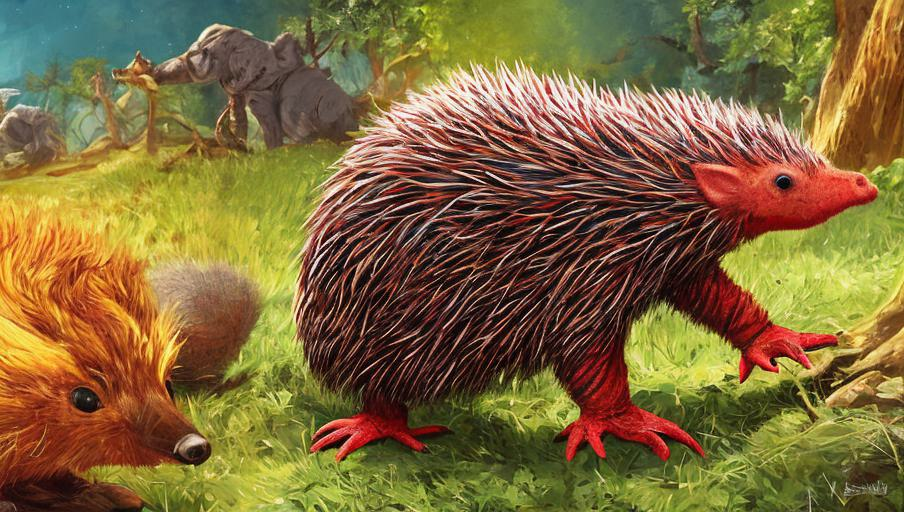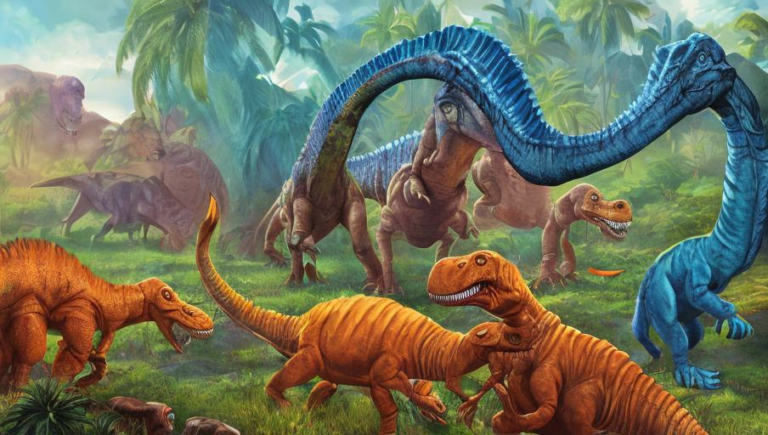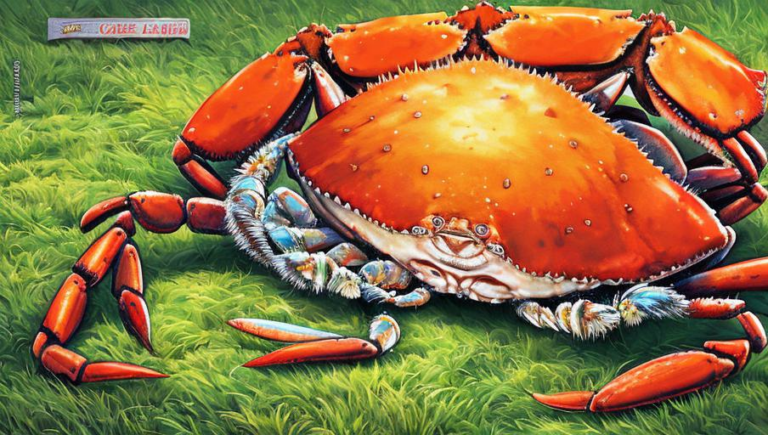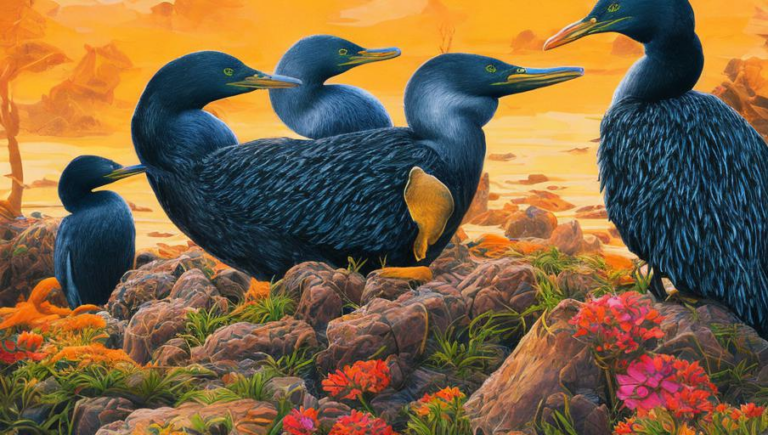Hibernation Habits of the Echidna

Hibernation Habits of the Echidna
Echidnas are a type of egg-laying mammal that can be found in Australia, New Guinea, and Tasmania. They are known for their spiny fur and for being one of the only mammals that lay eggs. Echidnas are quite unique in many ways, including their hibernation habits.
Types of Hibernation
Echidnas can hibernate in two different ways. The first is torpor, which is a state of inactivity and reduced metabolism during which the body temperature also lowers. This type of hibernation can last anywhere from a few hours to several days. The second type of hibernation is aestivation, which is a state of inactivity and reduced metabolism during which the body temperature rises. This type of hibernation can last anywhere from a few days to several months, depending on the environmental conditions.
Hibernation Habits of the Echidna
Echidnas normally enter a state of torpor during cool or cold weather. During this time, their body temperature will drop to about 17° Celsius (63° Fahrenheit). This type of hibernation is known as metabolic hibernation because the animal’s metabolism slows down significantly. Echidnas can also enter a state of torpor when food is scarce.
Echidnas aestivate during hot weather. During this time, their body temperature can rise to about 30° Celsius (86° Fahrenheit). The echidna’s metabolism will also speed up during this time, so it can quickly absorb food when it becomes available.
Environmental Factors
The echidna’s hibernation habits are heavily influenced by environmental factors. The length of the animal’s hibernation is largely determined by the temperature and availability of food. In cold climates, echidnas may hibernate for several weeks or even months. In warmer climates, they may only hibernate for a few days.
The availability of food is also an important factor. If food is scarce, echidnas may enter a state of torpor for an extended period of time. If food is plentiful, they may only enter a state of torpor for a short period of time.
Conclusion
Echidnas are fascinating creatures that have unique hibernation habits. They can enter a state of torpor during cold weather or when food is scarce. They can also aestivate during hot weather. The length of the echidna’s hibernation is heavily influenced by environmental factors, such as temperature and food availability.





